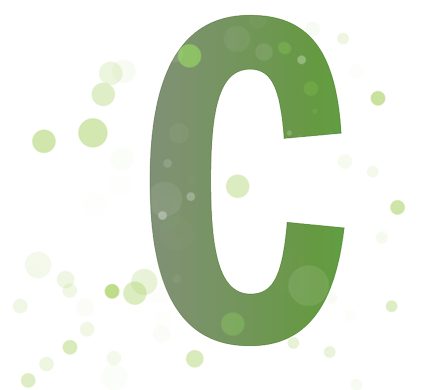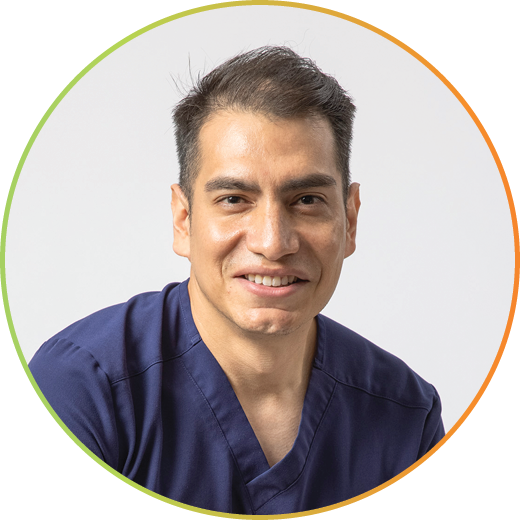 Cartoonsartoons, playgrounds and games of tag are childhood staples for many kids, but growing up in Chimbote, Peru, Luis Borda, MD, had a different extracurricular hobby: heading to local hospitals alongside his mom and two uncles.
Cartoonsartoons, playgrounds and games of tag are childhood staples for many kids, but growing up in Chimbote, Peru, Luis Borda, MD, had a different extracurricular hobby: heading to local hospitals alongside his mom and two uncles.
“My mom was a nurse and used to take me to the ER,” says Dr. Borda. “At 7 years old, I helped her draw blood from regular patients and started IVs.”
Seeing people in pain and being able to make a difference in their lives spoke to him and inspired him to be a physician. During medical school at Universidad Peruana Cayetano Heredia in Lima, Peru, those experiences served him well. Situations that gave some students pause didn’t faze Dr. Borda.
“After seeing severed limbs and the chaos of an emergency room,” he says, “I was well prepared for the blood and gore of trauma.”
In his last year of medical school, a rotation at a public hospital in Lima illuminated another challenge Dr. Borda wanted to tackle: equity in healthcare, including the effects of limited resources on patient care.
“How can you help people when you don’t have the tools to do so?” Dr. Borda says. “There were many occasions when we needed a device or a certain medicine to save someone’s life, but it wasn’t available.”
The situation forced Dr. Borda and his colleagues to be resourceful.
“We once had a patient who was in critical condition and needed a central line, but the hospital was out of the device we needed to place it.” Dr. Borda remembered that he had a spare central-line kit from a patient who passed before they were able to use it. “We were able to place that device and prevent the patient from any further damage.”
Thanks to his ingenuity and experience — along with his extensive research efforts and more than 50 publications — Dr. Borda soon became one of only five international medical graduates (IMG) in the U.S. to match in dermatology after graduation. That representation matters.
“International medical graduates see problems from different perspectives,” Dr. Borda says. “I encountered different types of cases throughout medical school, along with doing basic science research coupled with clinical research. Those experiences allow me to see a problem in different ways, as a scientist, as a physician, as somebody that can work with different types of resources.”

Luis Borda, MD
Dermatology resident
